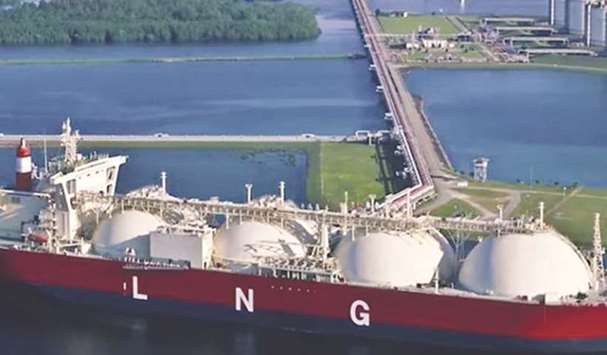A consortium comprising local and foreign business houses is poised to set up Pakistan’s first liquefied natural gas (LNG) terminal that would be dedicated to energy-starved private sector, industry officials said yesterday.
The officials said that the consortium consisting of Fatima Group, Shell Gas BV, Gunvor Group Ltd and Engro Elengy Terminal Ltd would set up the terminal with a capacity to regasify 600mn metric cubic feet per day in ‘near future’. It would enable private buyers to buy RLNG on competitive price.
At present, the two LNG terminals operated by Engro Elengy and Pakistan GasPort Consortium Ltd – with 1.2bn cubic feet per day capacity – are mainly catering to the need of RLNG-based power plants of the government.
The present domestic gas production capacity is approximately 4bn cubic feet per day (bcfd), while demand is more than 6bn bcfd, resulting in a growing shortfall of gas which is expected to worsen in the coming years. An estimate said the gap between demand and supply is projected to double by 2020.
The increasing trend in demand will continue to pose challenge despite initiative taken by the government that led to injecting of RLNG into domestic network in early 2015.
Official said the new consortium has shown commitment to start work on LNG terminal in view of the government’s encouraging policies.
“This initiative will boost imports of much-needed LNG for the energy-starved private sector,” an official said.
Officials said the new LNG partnership will help in further reinforcing energy security of the country by reducing demand supply gap with provision of one of the cheapest fuels on competitive terms.
An independent private LNG market will encourage competition as private buyers and sellers will truly create a viable energy market, they added. Gas shortages resulted in extreme stress to economy during the last decade. The industrial and commercial sectors have especially been bearing the brunt of chronic energy shortages.
The shortfall directly affected as many as 500,000 households, while it also caused shutdown of industries or slowdown in production, causing unemployment, according to an estimate. Particularly, export-oriented sectors are badly hurt by energy and power crisis that led to loss of export revenue.
More than 2,500 megawatts of power projects were brought online or switched from expensive liquid fuels with the injection of imported RLNG, while 750 plus compressed natural gas stations commenced operation in the Punjab alone, creating a new hope of survival for $4.5bn industry.
Furthermore, the revival of more than 500 industrial units mainly comprising of export-oriented textile could be made possible due to LNG supplies.
Similarly, the robust fertiliser industry that was plagued by non-availability of natural gas could only be revived after RLNG supplies. Consequently, the fertiliser industry has witnessed an increase of 1mn tonnes in production.
LNG is one of the most rapidly expanding energy commodities globally due to its obvious economic and environmental advantages. Global LNG trade reached an all-time high of 260mn tonnes in 2016.
The sector’s 10-year compound annual growth rate stands at 5%. The world’s regasification capacity stood at 820mn tonnes per annum last year.

Pakistan’s domestic gas production capacity is approximately 4bn cubic feet per day (bcfd), while demand is more than 6bn bcfd, resulting in a growing shortfall of gas which is expected to worsen in the coming years. An estimate said the gap between demand and supply is projected to double by 2020.
